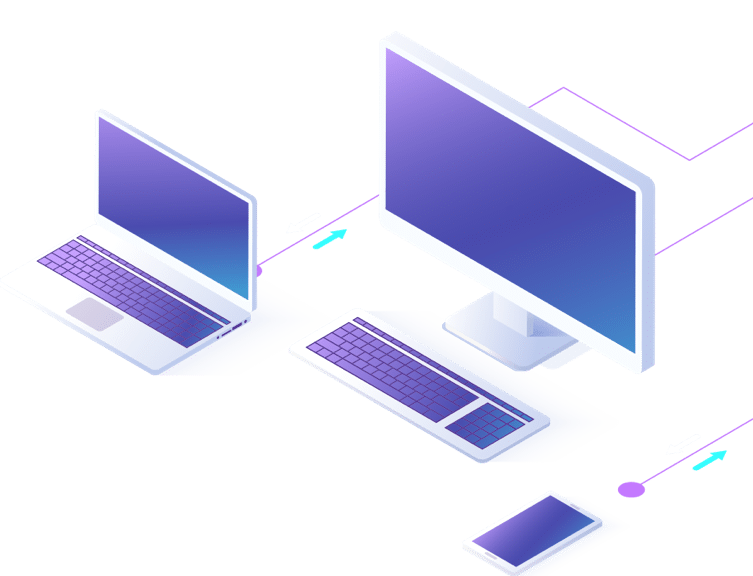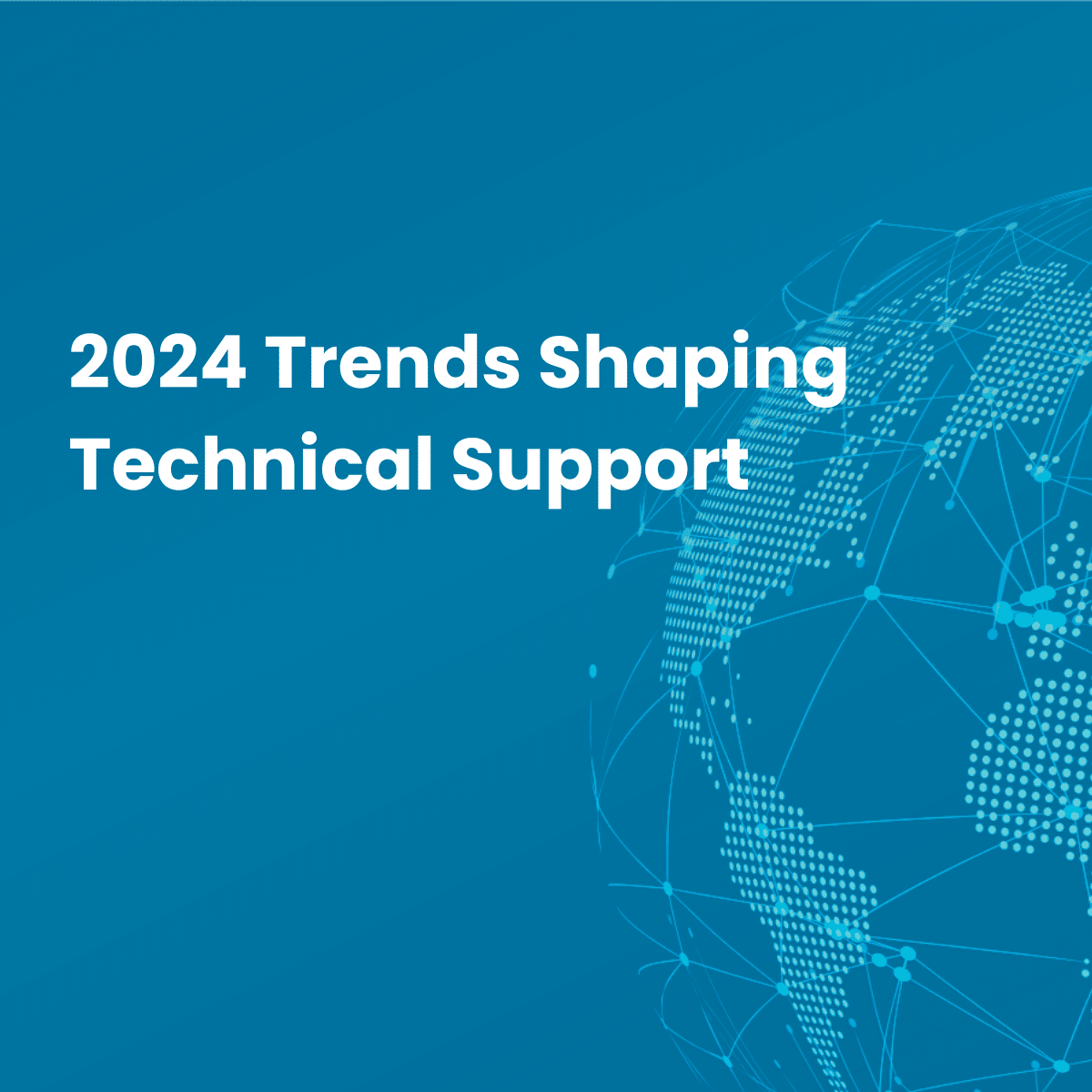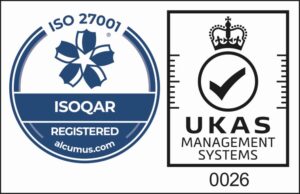The rise of remote work is more than just a trend—it’s a movement that has dramatically reshaped the modern workplace. While remote work offers many advantages such as flexibility and global talent acquisition, it also presents unique challenges, particularly in team management and data security. This is where Managed Service Providers (MSPs) step in as vital partners, offering tailored solutions to help businesses effectively manage a decentralized workforce.
The Challenges of a Decentralized Workforce
Communication Barriers
Managing a remote team involves the complex task of coordinating across different time zones, languages, and cultures. Ineffective communication can lead to misunderstandings, delays, and reduced productivity.
Data Security
Home networks, shared family devices, and public Wi-Fi can all be potential security loopholes. The challenge lies in securing data across multiple endpoints.
Productivity Concerns
The lack of physical oversight can sometimes make it difficult to gauge how productive team members are during work hours.
Technical Issues
From software glitches to hardware malfunctions, remote employees often face technical issues that are harder to resolve when they’re not in the office.
What MSPs Offer to Address These Challenges
Unified Communications as a Service (UCaaS)
MSPs can set up robust communication systems that include VoIP, video conferencing, and secure messaging, allowing for seamless communication no matter where team members are located.
Virtual Private Networks (VPNs) and Endpoint Security
MSPs offer secure VPN setups, as well as endpoint security solutions, that enable remote employees to access company data securely.
Cloud-Based Productivity Tools
Tools like Microsoft 365, which can be managed and updated by an MSP, allow for real-time collaboration and document sharing, enhancing productivity.
Remote Technical Support
Most MSPs provide 24/7 technical support to ensure that any issues are swiftly resolved, minimizing downtime and maintaining productivity.
Employee Monitoring Solutions
Without compromising privacy, MSPs offer intelligent solutions that can help managers keep track of performance metrics and employee productivity.
Key Benefits of Using MSPs for Managing Remote Teams
Consistency and Uniformity
MSPs help businesses deploy standardized tools and processes, ensuring every team member is on the same page.
Security and Compliance
MSPs are experts in ensuring that all remote work setups are compliant with industry-specific regulations such as GDPR, HIPAA, and others.
Cost-Effectiveness
By offering bundled services that eliminate the need for multiple vendors, MSPs provide a more cost-effective solution.
Scalability
As your business grows, MSPs offer flexible solutions that can scale with your increasing needs.
How to Choose the Right MSP for Your Remote Work Needs
When considering an MSP, focus on factors like their industry experience, range of services offered, and customer testimonials. Ask for a pilot program or a case study to evaluate their effectiveness.
Managing a remote or decentralized workforce can be challenging, but with the right MSP partnership, the task becomes significantly easier. From ensuring data security to facilitating smooth communication, MSPs offer a comprehensive solution tailored to meet the challenges of the new remote work landscape.













